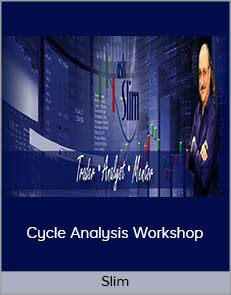Using Fundamental Data In Technical Analysis – Jim Bianco
$25.00
However, most countries float their currencies freely against those of other countries, which keeps them in constant fluctuation.
Using Fundamental Data In Technical Analysis – Jim Bianco

Check it out: Using Fundamental Data In Technical Analysis – Jim Bianco
Foreign exchange, or forex, is the conversion of one country’s currency into another.
In a free economy, a country’s currency is valued according to the laws of supply and demand.
In other words, a currency’s value can be pegged to another country’s currency, such as the U.S. dollar, or even to a basket of currencies.
A country’s currency value may also be set by the country’s government.
However, most countries float their currencies freely against those of other countries, which keeps them in constant fluctuation.
Expert: James A. Bianco
Type: PDF Workbook MP3 Audio
Running Time: 90 minutes
Workbook Length: 9 pages
Contrary to the beliefs of many hard line technical analysts who rely solely upon the “holy six” market elements (high, low, open, close, volume, and open interest), Jim has found that certain fundamental data, such as earnings and economic releases, can provide an edge in market forecasting. Using numerous examples from the bond market, Jim shows you how to create an effective bond trading strategy which incorporates both fundamental data and technical analysis. He also explains why some fundamental data, such as inflation, is NOT useful in market projection.
Jim also addresses the effects of commodity prices on bond yields, how the ratio of the equity market’s capitalization as a percentage of nominal gross domestic product affects price performance of the stock market, the role government regulation plays in determining inflation, how market performance affects mutual fund investors, the role politics play in setting interest rates, and measuring the stock and bond market from a total-return perspective.




















